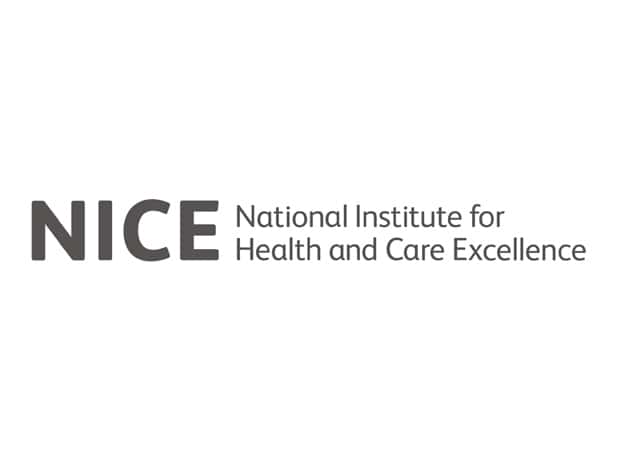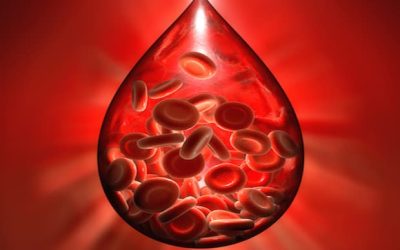The National Institute for Health and Care Excellence (NICE) has published final guidance recommending NHS use of Bayer’s Vitrakvi (larotrectinib) for a variety of cancers.
The drug is a histology independent cancer treatment that targets all solid tumours with a certain genetic mutation (the NTRK gene fusion), regardless of where the primary tumour is in the body.
NICE has approved NHS funding for the drug via the Cancer Drugs Fund (CDF) as an option for treating neurotrophic tyrosine receptor kinase (NTRK) fusion-positive solid tumours in adults and children if the disease is locally advanced or metastatic or surgery could cause severe health problems and they have no satisfactory treatment options.
There is no standard treatment for NTRK fusion-positive solid tumours, so current treatment is based on where in the body the cancer starts.
According to NICE, evidence from trials suggests that tumours with NTRK gene fusions shrink in response to larotrectinib. ‘But it is difficult to know how well larotrectinib works because it is not compared with other treatments in the trials. Also, there is evidence that larotrectinib works well for some types of NTRK fusion-positive tumour, but little or no evidence for other types,’ its guidelines note.
The Institute said cost-effectiveness estimates for Vitrakvi are very uncertain because they are based on data from a population that is different to that seen in NHS clinical practice, and there is also ‘substantial uncertainty’ about how long people would live after disease progression.
Collecting more data would help to address some of the uncertainties in the clinical evidence, which is why funding for the drug via the CDF has been approved.
Between 600–700 people have solid tumours with NTRK gene fusions. A proportion of these people, who have no satisfactory treatment options, will be eligible for treatment within the first year that it’s available on the CDF.









